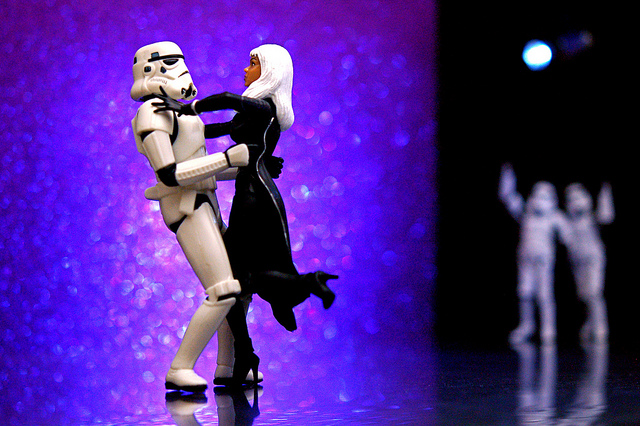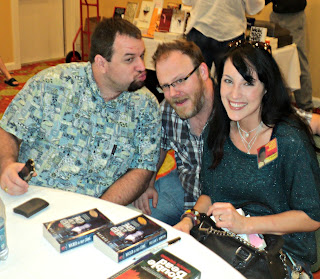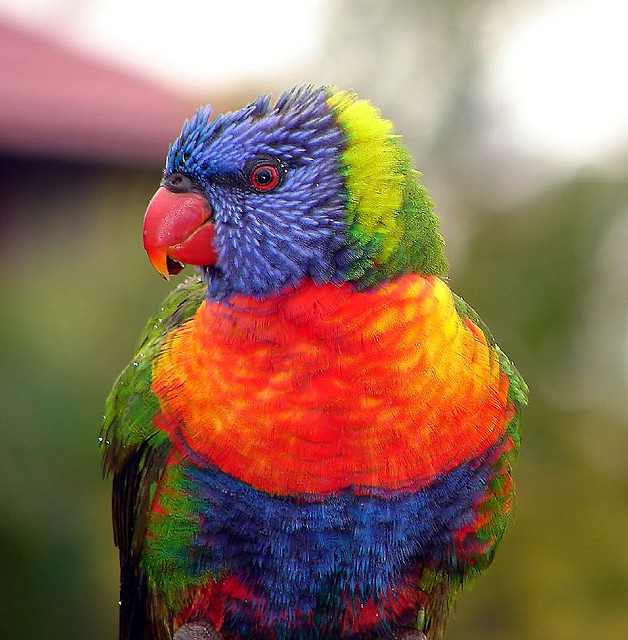I've always wanted to write a murder mystery. I read them all the time but I've never written one. I'm hoping to change that.
Over the next few days and weeks I'm going to publish a series of posts (not all at once, though!) about writing a murder mystery. I think that in order to really truly learn a subject one must teach it--I know that sounds strange, paradoxical even--but I think it's true.
In what follows I make certain broad statements, please take these with a grain of salt. I'm talking about the kind of murder mystery I'm interested in writing, which is also the kind I usually watch. If something I say doesn't seem right to you, please ignore it. Better yet, talk to me about it in the comments! :)
The bare bones of a murder mystery
Although there are a number of variations, this is the bare bones of a murder mystery: the murderer/villain kills someone. The murderer is then pursued by the hero/sleuth who will, before the end of the story, solve the mystery and bring the murderer to justice.
Secondary arc
In a murder mystery there is generally a main arc--the story of the hero solving the mystery and bringing the murderer to justice--and a secondary arc.
The secondary arc is often a story that has some intrinsic interest and that is interwoven with the main plot. For instance, in Scott Turow's excellent murder mystery Presumed Innocent, the murder investigation happens against the backdrop of an election for County PA.
The secondary arc often poses a problem for the hero, the solution of which he uses to ultimately solve his primary problem: how to bring the murderer to justice. For instance, this sometimes happens on the TV show Castle; the solution to the secondary arc/dilemma has to do with his family and it will provide the solution to the problem of the main arc.
Setting
The secondary arc is often tightly related to the setting. For instance, I mentioned Castle. In that show the secondary arc almost always involves Castle's interactions with his mother and daughter and much of that show takes place in his penthouse apartment where they live.
The key: Create a place where dramatic things are happening besides the mystery.
Main Arc
The story's main arc will be about a sleuth investigating and solving a murder and, ultimately, bringing the culprit to justice.
The first thing we need to do is figure out who our murderer is.
Why the murderer and not the sleuth? Because the murderer is the one who plans and executes the crime. A murder mystery is really all about the murderer, about why he/she committed the crime and about his/her identity.
Meeting the murderer
What is the murderer's ruling passion? What does he/she love? Everyone loves something above all else--often ourselves! What does our murderer love enough to kill for?
Let's make something up.
Chances are our murderer has killed more than once. The murderer could have committed the first murder for plausibly noble reasons; for example, to protect someone he cares about.
In Columbo, 'A Deadly State of Mind,' a psychiatrist kills his lover's husband while defending her from him. It was self-defense but the killer doesn't think the police will believe them so they make it look like the husband was killed by a burglar. When Columbo sees through that story the psychiatrist kills again, this time murdering his lover in cold blood in a vain attempt to cover his involvement in the crime and pin everything on her.
Motivation: self-interest
The main point is that the murderer acts out of his/her own self-interest. In the example, above, perhaps the first killing was done for someone else, but the second was cold and calculated.
The murderer doesn't appear evil
The murderer will not seem evil to those around him. Perhaps he will appear to be a good family man/woman, a member of the PTA, a respected business person, someone liked and looked up to by those around him.
Or not. Perhaps, as in Presumed Innocent, the murderer will be someone quiet, subdued, controlled. Still, though, they are generally the last person one would suspect.
The murderer will appear clever and resourceful
The murderer must appear clever and resourceful. After all, if the murderer isn't clever and resourceful then it's not going to be much of a mystery. The antagonist/villain/murderer has to seem to be at least as clever and resourceful as our sleuth.
Deep psychological wound
The murderer (this will be true of the hero as well) will have a deep psychological wound. For instance, perhaps the murderer has a deep fear of being alone, of being friendless, shunned. They would do anything to be popular. They are rabid for approval.
This point ties into the next one which is that ...
The murderer must be extreme
For instance, the deep psychological wound must be severe and potentially debilitating. This will help explain why he murders, his deep inner motivation.
Characteristics: Physical, mental, social
- Is the murderer male? Female?
- Tall? Thin?
- In good physical condition?
- Does he have physical injuries? Scars?
- What color is his hair?
- How old is he?
- What kind of a childhood did he have? Who raised him? What did his parents do for a living?
- Did he like school? What kind of grades did he get? Did he finish high school? Did he finish college?
- How does the murderer currently earn money?
- Does he have a violent temper?
- Does he find it easy to make romantic connections?
- What does the murderer find easy? There is one thing he is exceptionally good at. What is it?
That's a partial list. There are many wonderful character sheets on the Internet that can help with character development.
I will pick up this topic again and, next time, we'll talk about our sleuth/hero and start developing that character.
Happy writing!
# # #
For the past few days I've been reading through notes I made at (it looks like) a workshop on how to write mystery stories. Unfortunately I didn't write down where it was, when it was, and so on, but I'm going to share them with you anyway because they're too good/helpful not to.
Question: What do you think is the most important characteristic for a murderer/antagonist to have?
Other articles you might like:
- 25 Tips For Writing Great Sex Scenes- 4 Ways To Get An Audience To Love Your Story
- 3 Steps To Better Prose
Photo credit: "Untitled" by Mark Wooten under Creative Commons Attribution 2.0.












Wow, this is teaching me a lot about some myths I knew existed, just didn’t think were very deep. I was wrong. (grin) I have no idea why anyone would read a book if they already knew everything that was going to happen in the book just as I have clearly little understanding of why any writer writes a book they already know all the details about. I had to do that under contract a couple of times and those were the worst and hardest for me. (Ghost Novel: Day 2, Comments)